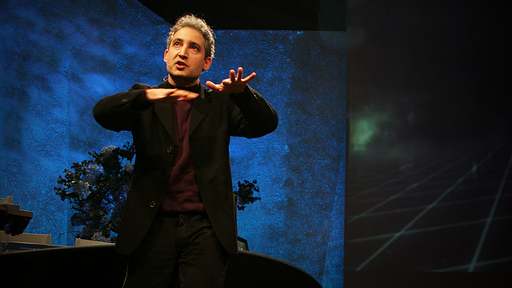The history and future of the Universe in four minutes: Brian Greene at TED2014
Physicist Brian Green promises he will tell the audience at TED 2014 the whole history of the universe in four minutes. “Forgive me,” he says, “if I leave out a detail here or there.” He does it with two metaphors. One from the beginning till now, and another from now till the end. The universe […]
Continue reading

